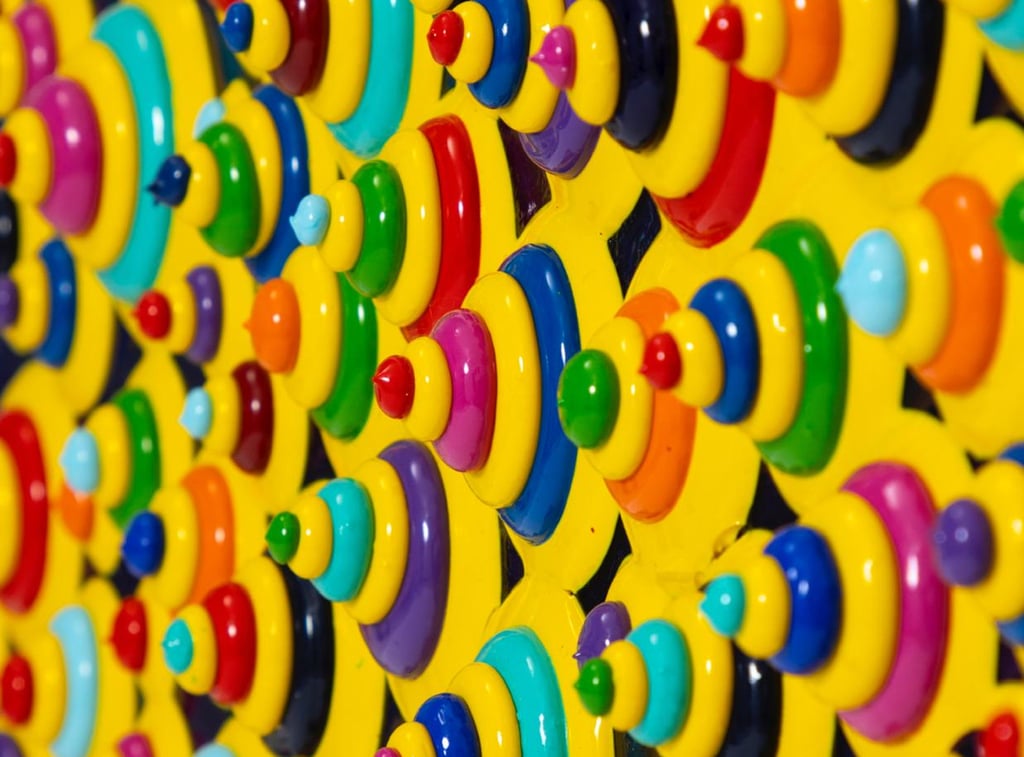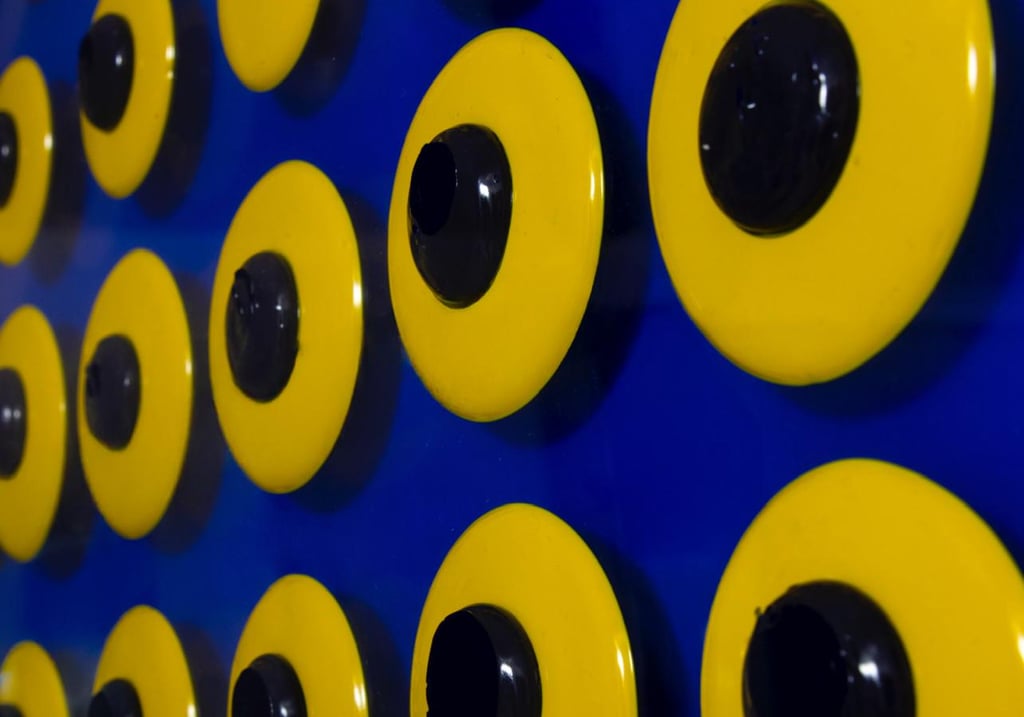Chromatophysics of the Soul
A Chromatic Anatomy of Experience. An artistic practice that merges painting and sculpture into a synesthetic organism, where color becomes impulse, the surface a field to inhabit, and matter a perceptual threshold between gesture and revelation.
EMERGING ARTISTS
Charlotte Madeleine CASTELLI
7/16/20252 min read


Some artistic practices do not manifest as images, but as sensory frictions. This is because while some artists construct images and others generate experiences, Doctor of Colors belongs to a rarer third category—that of those who shape perceptual states. He does not work with form, but with thresholds; more precisely, he does not seek composition, but ignition. His works are not offered to the gaze—rather, they rewrite it.
Color is not an attribute; it is a living organism: it breathes with the heart, thinks with the brain, and manifests through the hand.
It is within this subtle trinity—heart, mind, gesture—that the work of Doctor of Colors takes shape. Even his name reveals a radical vocation: not to paint, but to diagnose and liberate the visual energies that inhabit our time.
There is something deeply corporeal—almost anatomical—about the way he approaches his artistic technique. His canvases are not surfaces but sensitive fields, where color—especially blue, his chosen material and elective destiny—pulses like an expanded heartbeat, like an inner rhythm made visible.
The heart feels, the brain translates, the hand lets it emerge. And in this gesture—never purely technical nor decorative—color becomes frequency: an emotional pressure capable of crossing the barriers of conventional language.
Doctor of Colors does not paint to represent; he paints to lead elsewhere. His works offer no narrative footholds, no recognizable stories. They are cognitive environments, emotional thresholds, vibrations to be inhabited with the entire perceptual system.
The viewer is no longer a passive observer, but an active body, traversed by impulses. One does not look: one enters.
And it is in the blue that this immersion becomes most profound—not the blue of aesthetic conventions, but the archetypal, primordial blue, charged with mystical and psychic resonance.
Blue as oxygen, as a code of the soul, as a depth that never fully allows itself to be grasped. The blue of the seeker, not the possessor; of the listener, not the controller.
His is a visual inquiry that plunges into the emotional matter of being. Color, for him, is embodied memory and future possibility—a form of tension and remedy. His painting—which he himself defines as "chromatic pressure"—moves between meditative acts and intuitive processes, generating works that are both delicate and radical, like certain necessary silences.
In this way, the practice becomes a medium of dialogue and transposition—a way of reconnecting what is so often fragmented: feeling, thinking, acting.
Heart. Brain. Hand. Art becomes a field of rebalancing, an active space of care for the eye and for the inner body.
One does not walk away unscathed from an encounter with his work. But that, precisely, is the point: authentic art should not confirm—it should alter.
Here, new perceptual possibilities vibrate, new grammars of being are composed. And in that movement lies the generative force of his practice.
“Color, if you let it, will carry you into another dimension.”
To step into his world is to embrace a metamorphosis—visual, emotional, sensory.
His is a practice that transcends disciplinary boundaries. It is painting, yes—but also sculpture, matter, pressure, and vibrational field. One could speak of an anatomy of chromatic experience, where every surface becomes a synesthetic organism: color is impulse, matter is interface, and what emerges is a living tension between gesture and revelation.
© Charlotte Madeleine Castelli | All rights reserved

